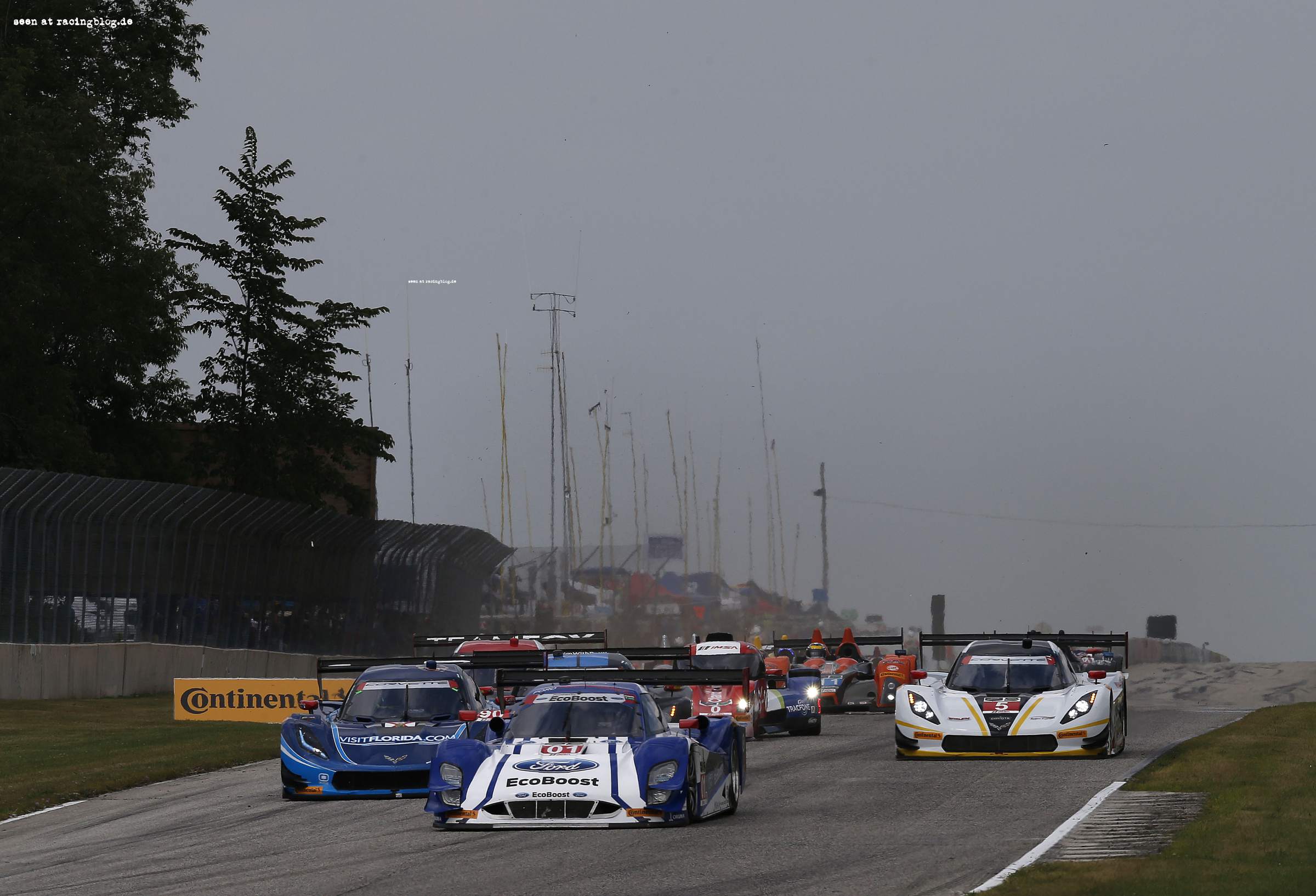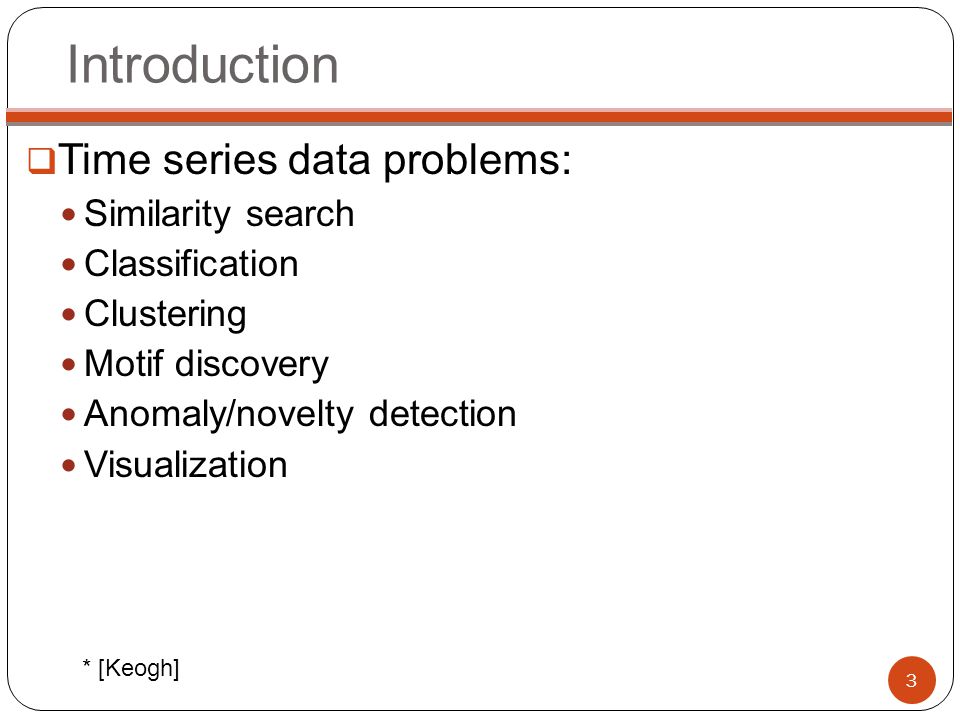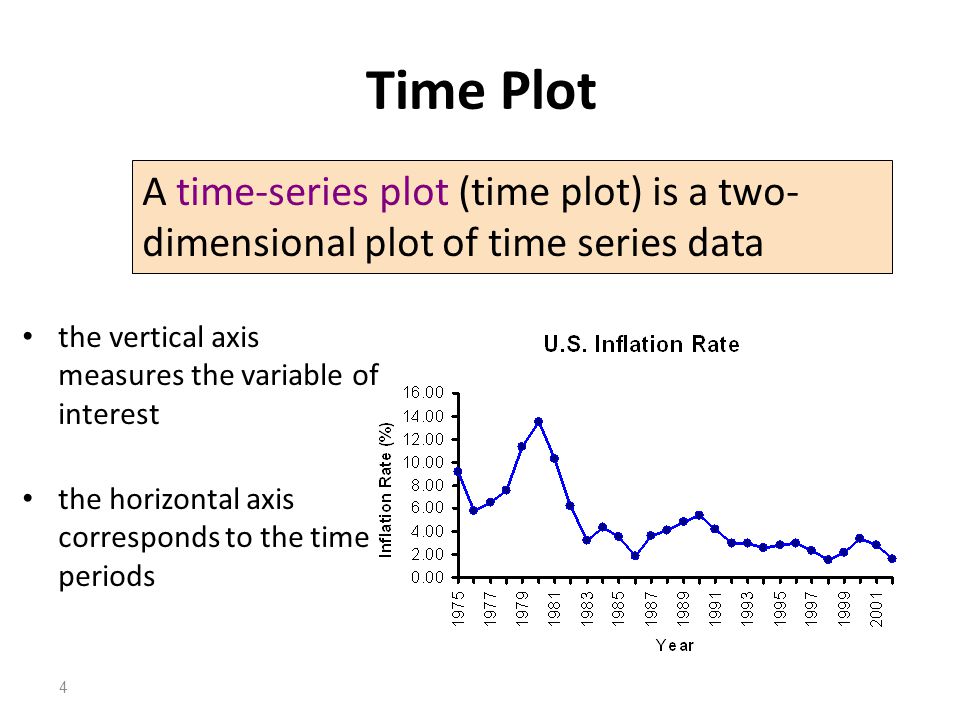Chapter 1 Overview of Time Series 1. 2 2 ware S Soft SET and SA Analysis Methods Options 2 2. How SASETS Software Proc edures Interrelate 4 1. 3 Simple Models: Regression 6 FORECAST, ARIMA provides test statistics for the model parameters and checks model adequacy. Introduction to Time Series Using Stata, by Sean Becketti, is a firstrate, examplebased guide to timeseries analysis and forecasting using Stata. It can serve as both a reference for practitioners and a supplemental textbook for students in applied statistics courses. A Practical Introduction to Stata Mark E. McGovern regression, time series and panel data. Stata commands are shown in the context of practical examples. Contents matics and Statistics folder and Stata v11. It is also possible to run Stata from your own computer. Log into Institute for Digital Research and Education. Institute for Digital Research and Education. Search this website Counseling and Psychological Services (CAPS) offers services designed to foster the development of healthy wellbeing necessary for success in a complex global environment. UCLA Department of Statistics Statistical Consulting Center Introduction to Time Series in R 2010 Irina Kukuyeva Introduction to Time Series in R UCLA SCC Data Mgmt PlotsMotiv AdHoc ARIMA Res Outline 1 Data Management 2 Plots of Time Series in R 3 Why Time Series Introduction to Time Series in R UCLA SCC. UCLA Statistics Course Finder Statistics 170. Introduction to TimeSeries Analysis Lecture, three hours; discussion, one hour. Requisite: course 10 or 11 or M12 or 13 or Anthropology M80 or Geography M40 or Sociology M18. Exploration of standard methods in temporal and frequency analysis used in analysis of numerical timeseries data. Statistics Books for Loan The Institute for Digital Research and Education (IDRE) has a collection of books on statistics and statistical computing available for UCLA researchers to borrow on a short term basis to help with research. i i tsa3 22: 47 page 47# 57 i i i i i i 2 Time Series Regression and Exploratory Data Analysis 2. 1 Introduction The linear model and its applications are at least as dominant in the time The SAS Time Series Forecasting System An Overview for Public Health Researchers 2This is most decidedly not not an introduction to time series analysis. Finally, review the Statistics of Fit (for a number of di erent t statistics), Forecast Graph (to plot the forecast and its 95 CI) and Forecast Table (to get. If you need to difference your original time series data d times in order to obtain a stationary time series, this means that you can use an ARIMA(p, d, q) model for your time series, where d is the order of differencing used. a brief introduction of time series analysis with r There are a few ways of integrating R into a SAS programming framework but it is perhaps best to keep it as simple as possible. UCLA Statistics Course Finder Presentation and interpretation of data, descriptive statistics, introduction to correlation and regression and to basic statistical inference (estimation, testing of means and proportions, ANOVA) using both bootstrap methods and parametric models. Time series data often arise when monitoring industrial processes or tracking corporate business metrics. The essential difference between modeling data via time series methods or using the process monitoring methods discussed earlier in this chapter is the following. Introduction Singular Spectrum Analysis (SSA from now on) decomposes an observed time series into a sum of component series, in which the components hopefully capture and show the dynamics of the series more clearly. Electronic Journal of Statistics, 2: , 2008. Case Studies in Time Series David A. Dickey, North Carolina State Univ. , Raleigh, NC This paper presents an overview of and introduction to some of the standard time series modeling and forecasting techniques as Case Studies in Time Series Statistics and Data Analysis. Introduction to Time Series Data and Serial Correlation CPI Consumer Price Index (Bureau of Labor Statistics) CPI in the first quarter of 2004 (2004: I) 186. 57 tsset time; Let STATA know that the variable time is the variable you want to indicate the time scale. A course in Time Series Analysis Suhasini Subba Rao Email: is a very nice introduction to Time Series, which may be useful for students who dont have a rigourous background is zero (which appears to be the mean). The feature that distinguishes a time series from classical statistics is that there is. Time series analysis comprises methods for analyzing time series data in order to extract meaningful statistics and other characteristics of the data. Time series forecasting is the use of a model to predict future values based on previously observed values. The time series material is illustrated with output produced by Statgraphics, a statistical software package that is highly interactive and has good features for testing and comparing models, including a parallelmodel forecasting procedure that I designed many years ago. UCLA (University of California, Los Angeles) is the largest UC campus in terms of enrollment, and one of the few public research universities located in a major city. UCLA Department of Statistics Statistical Consulting Center Introduction to Time Series in R Irina Kukuyeva April 28, 2009 Irina Kukuyeva Introduction to Time Series in R UCLA SCC 3. original time series from the smoothed or That average can then be added to smoothed values or forecasts from a smooth curve in order to account for seasonality. Statistics 170: Introduction to Time Series Analysis. Statistics 10: Introduction to Statistical Reasoning. Statistics M11: Introduction to Statistical Methods for Business and Economics. Statistics M12: Introduction to Statistical Methods. Understanding the behavior of interest rates is of central importance in finance. This is due to the fact that interest and forward rates serve as underlyings for many fixed income products. Presentation and interpretation of data, descriptive statistics, introduction to correlation and regression and to basic statistical inference (estimation, testing of means and proportions, ANOVA) using both bootstrap methods and parametric models. 1 General Purpose and Description Timeseries analysis is used when observations are made repeatedly over 50 or more time periods. It is better if the time for introduction of the plan is randomly chosen from among the population of possible times. time series Introduction to timeseries commands 9 the DurbinWatson test. bgodfrey computes the BreuschGodfrey test for autocorrelation in the residuals, and while the computations are different, the test in bgodfrey is asymptotically equivalent to the test in durbina. Counseling and Psychological Services (CAPS) offers services designed to foster the development of healthy wellbeing necessary for success in a complex global environment. evergrowing capabilities for handling panel and timeseries regression analysis. The most recent version is Stata 11 and with each version there are improvements in computing speed, capabilities and. Wooldridge, Introductory Econometrics, 4th ed. Chapter 10: Basic regression analysis with time series data We now turn to the analysis of time series data. One of the key assumptions underlying our analysis of crosssectional data will prove to be untenable when we consider time series Introduction to Time Series Using Stata, by Sean Becketti, provides a practical guide to working with timeseries data using Stata and will appeal to a broad range of users. This is the first of three lectures introducing the topic of time series analysis, describing stochastic processes by applying regression and stationarity models. Statistics is a branch of mathematics dealing with the collection, organization, analysis, interpretation and presentation of data. In applying statistics to, for example, a scientific, industrial, or social problem, it is conventional to begin with a statistical population or a statistical model process to be studied. Populations can be diverse topics such as all people living in a country. This page is designed for those who have a basic knowledge of elementary statistics and need a short introduction to timeseries analysis. A time series may be defined as a sequence of measurements taken at (usually equallyspaced) ordered points in time. Statistical methods applied to time series data were originally developed mainly in econometrics, and then used in many other fields, such as ecology, physics and engineering. Stationarizing a time series through differencing (where needed) is an important part of the process of fitting an ARIMA model, as discussed in the ARIMA pages of these notes. Another reason for trying to stationarize a time series is to be able to obtain meaningful sample statistics such as means, variances, and correlations with other variables. Incorporating recent advances, New Introduction to Multiple Time Series Analysis by Helmut Ltkepohl builds on the seminal Introduction to Multiple Time Series Analysis to create what is sure to become the specialty's standard textbook because of its style and depth of coverage. 1 Time Series Time series arise as recordings of processes which vary over time. A recording can either be a continuous trace or a set of discrete observations. STATA: Data Analysis Software STATA Time Series Analysis Stepby Step Screenshot Guides to help you. A First Course on Time Series Analysis Examples with SAS lectures on statistics belong to their academic training. But it is also intended for the practician who, beyond the use of statistical tools, is interested in their mathematical background. Numerous problems il This feature is not available right now. R has extensive facilities for analyzing time series data. This section describes the creation of a time series, seasonal decomposition, modeling with exponential and ARIMA models, and forecasting with the forecast package. Creating a time series Introduction to Time Series Using Stata, by Sean Becketti, is a firstrate, examplebased guide to timeseries analysis and forecasting using Stata. It can serve as both a reference for practitioners and a supplemental textbook for students in applied statistics courses. Department of Statistics University of California, Berkeley 1 What is SAS? Developed in the early 1970s at North Carolina State SASETS Econometrics and Time Series Analysis SASIML interactive matrix language SASAF applications facility (menus and interfaces) How SAS works: a comprehensive introduction to the SAS System, by P. Introduction to Time Series Using Stata, by Sean Becketti, is a firstrate, examplebased guide to timeseries analysis and forecasting using Stata. It can serve as both a reference for practitioners and a supplemental textbook for students in applied statistics courses. Time series data is data collected over time for a single or a group of variables. For this kind of data the first thing to do is to check the variable that contains the time or date range and make sure is the one you need: yearly, monthly, quarterly, daily, etc. Introduction to Time Series Analysis. Objectives of time series analysis..











